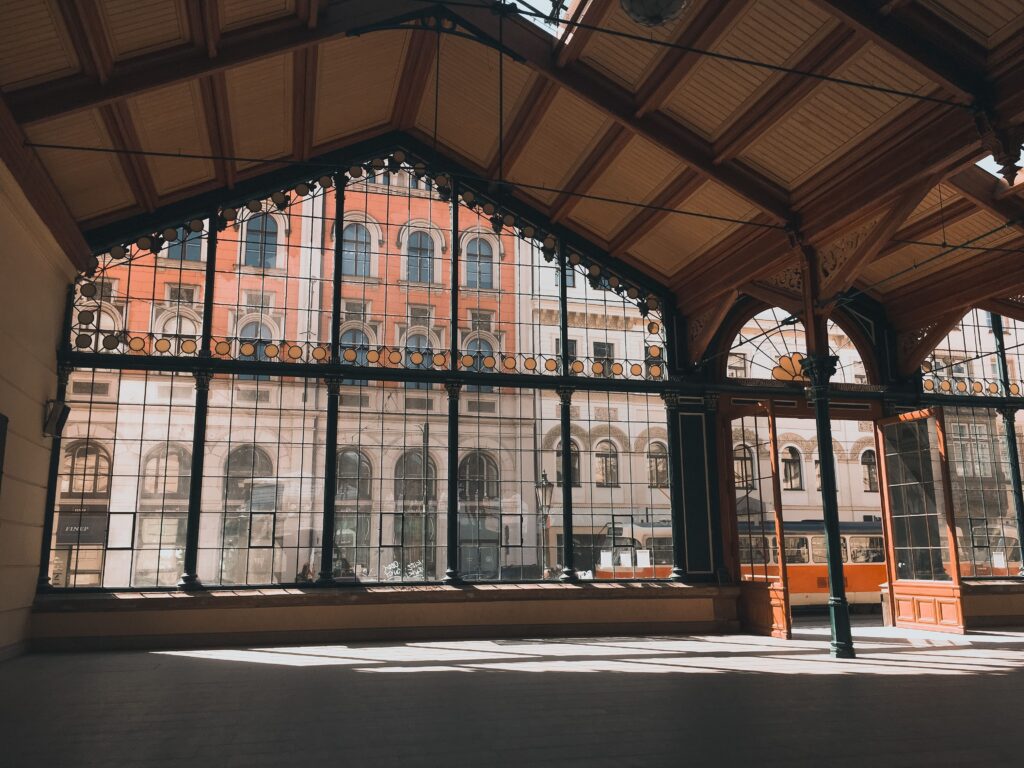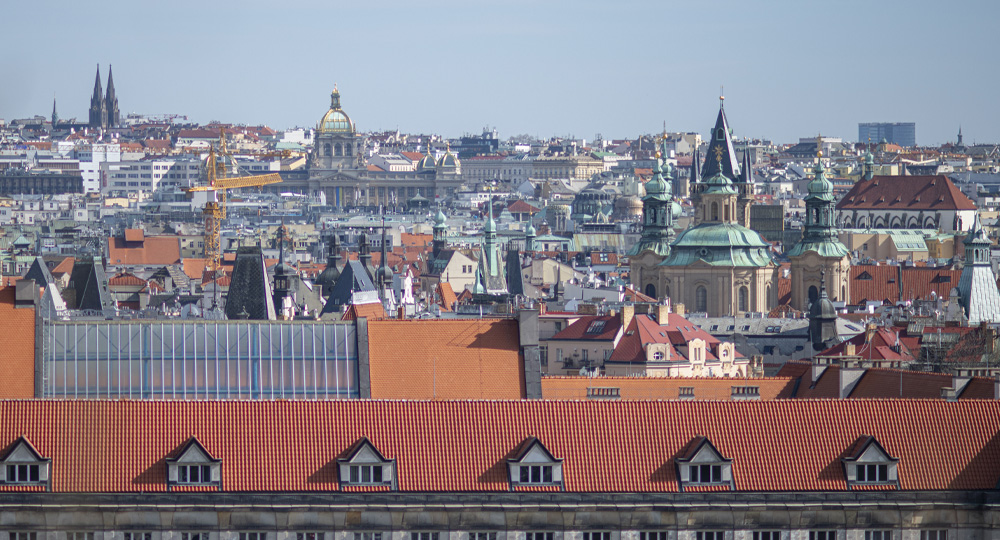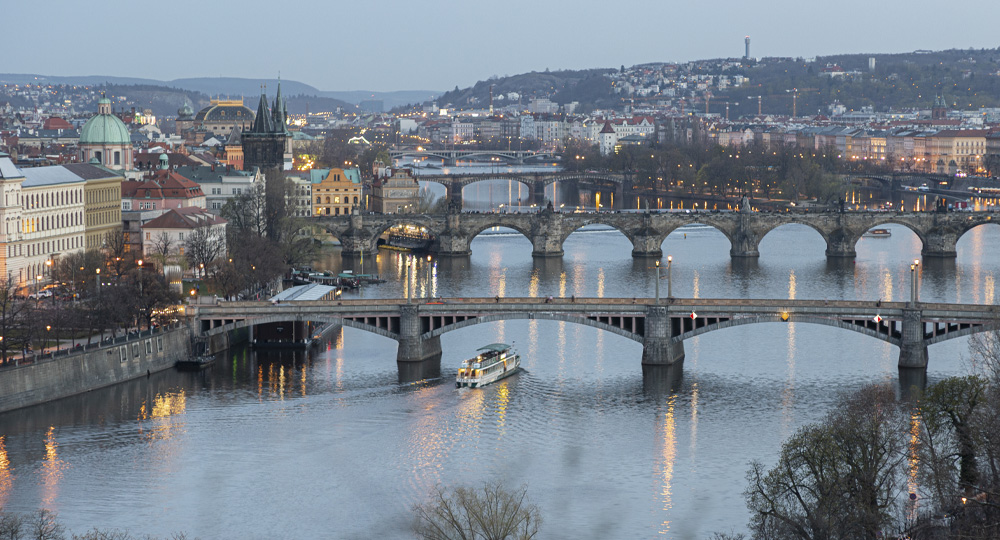Table of contents Show
Was Prague ever part of Germany?
No, but you already knew that, even though you might not be exactly certain. Prague is the Capital city of the Czech Republic and is the 14th biggest city in the European Union. Over the course of its millennial age, Prague has been a political, economical and cultural centre of Europe with both fortunate and unfortunate moments in history.
These days, The Golden City is one of the most visited cities in the world. Getting as much as 4.4 Million visitors yearly as its rich history makes it a lovely tourist destination. Prague is home to a population of 1.24 Million people and its surrounding urban areas have been estimated to have a nearly additional 2 Million residents.
Prague To Germany

It is 303 km from Prague to Germany between borders and approximately 372 km by train. The same journey is 348 km long while driving and it takes about 3h 21m to make the trip. Making use of the tourist bus, it takes 5h 3m.
Also, if you decide to travel by rail, the journey will last for about 4 h 48m. Air travel will have you in Dusseldorf, Germany in about 4 hours. By spending $15 you should be able to get a bus ticket, and with $60 – $70 you should be able to afford a car to drive you personally into Germany. Also, by spending $64 – $190 you should be able to book a flight ticket to get you to either Dusseldorf, Munich or Frankfurt. The cheapest price for a train to Germany from Prague would be around $20 and at least 40 trains make the journey every week.
Was Prague Ever Part Of Germany

Yes, But what you might not know is not until March 1939, Prague was the residence of a few German tribesmen but was under the Czech Republic sphere of power. After the Nazi Invasion in 39, Prague officially became a German Protectorate, and so when WWII came to an end, Prague was under the Communist Regime.However, after 50 years of Communist Rule, The Velvet Revolution brought Prague out from Communist Leadership and was then made the capital of the Czech Republic.
The Founding of Prague
After the end of the Roman Empire, a few of the German tribes in the area settled in the region of Bohemia and during the course of the sixth century, a few Slavic tribes also developed themselves in the area. By the ninth century, a city was already standing and was named Prague. Back then the Prague Castle built by Prince Borivoj of the Czech Premyslid dynasty was the destination point for many craftsmen and merchants as many of them had settled in the area of the castle.
Most Renowned Leaders of Prague Throughout its History
In 1061, the prosperous settlement of Prague became the seat of the dukes of Bohemia.
- From 1230 to 1253 Prague was headed by King Wenceslas I. He founded the Old Town in Prague.
- In 1257 Prague’s leader was King Ottokar II. He created the Lesser Town for the German Folks.
- Between 1346 – 1378 Prague was under the rule of the Holy Roman Emperor Charles IV. He created the New Town for the Czech People then went on to create the today’s known Charles Bridge.
- Alexander Dubcek who was the instigator for The Prague Spring Reforms. e.t.c
Tourist Attractions When visiting Germany From Prague

To make your journey to Germany more scenic. Listed below are some of the tourist attraction points along the way. They are :
The Karlštejn Castle, Kutna Hora, Křivoklát Castle, Karlovy Vary, Český Krumlov, Bohemian Switzerland National Park, Diana Observation Tower, Imperial Castle of Nuremberg, Lidice Memorial, Dresden Frauenkirche, Strahov Monastery, etc. to name a few.
Services When Going from Prague to Germany
Based on your movements, there are various ways to actually cater for your needs along the way from Prague to Germany, depending on what you need at the moment. Be it, Residential access, Diners or Restaurants, Fatal Attractions and Must Sees and so on and so forth, so be sure to be on the lookout and we hope this has provided you with a general outlook on the way to Germany.
FAQ
The relationship between Prague and Germany evolved through various political and historical contexts, including periods of conflict and cooperation, influenced by broader European dynamics.
Cultural exchanges between Prague and Germany were significant, especially in arts, architecture, and academia, reflecting their intertwined histories and mutual influences.
Prague’s architectural and cultural landscapes were shaped by various influences, including German, during different historical periods, contributing to its unique cultural richness.
Prague’s national identity and its relation to Germany were influenced by key events like the Holy Roman Empire’s history, Austro-Hungarian rule, and modern geopolitical shifts.
Contemporary Czech views on their historical connections with Germany are diverse, reflecting a complex history of coexistence, conflict, and collaboration.




